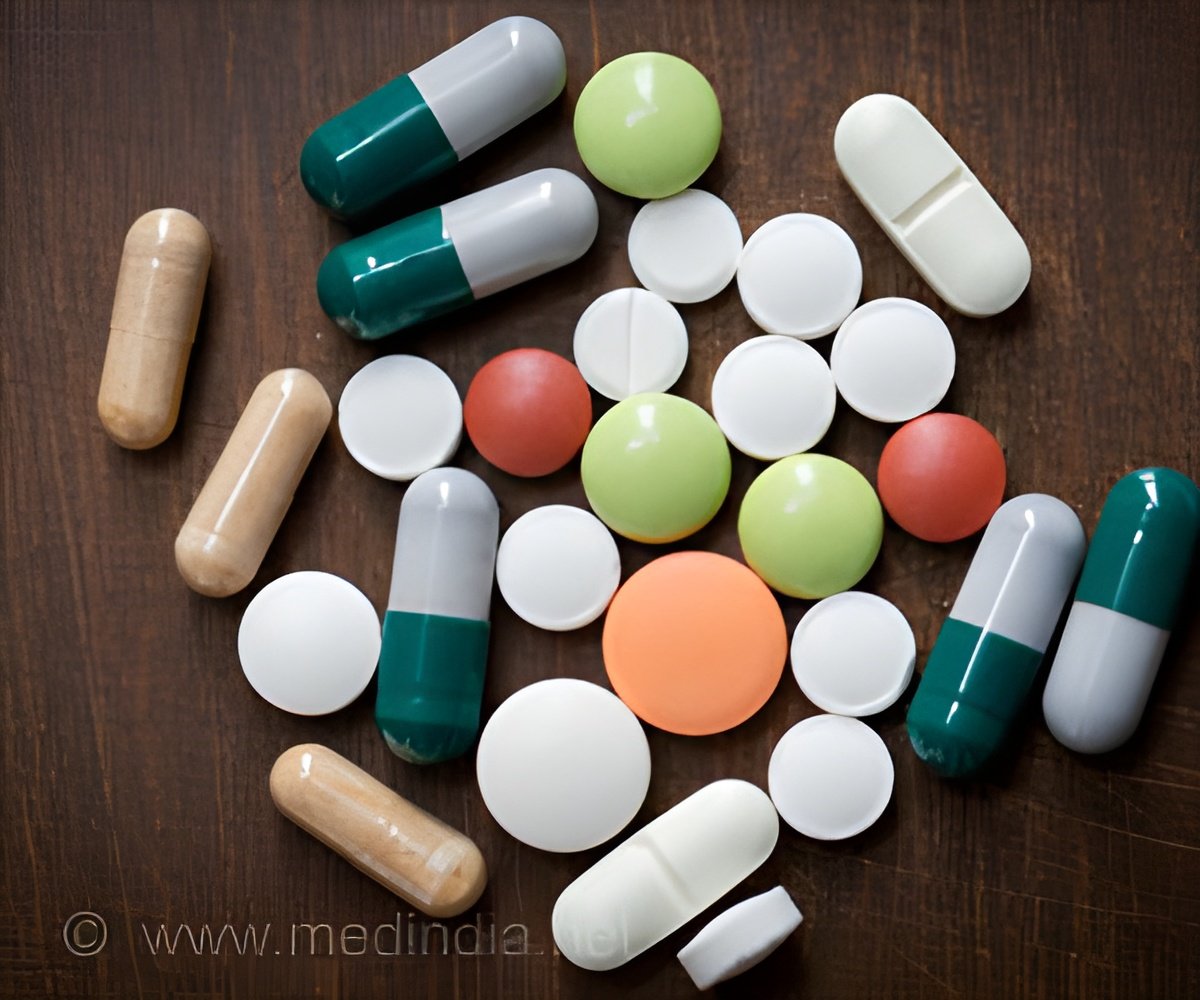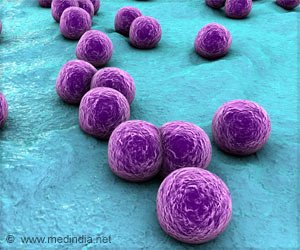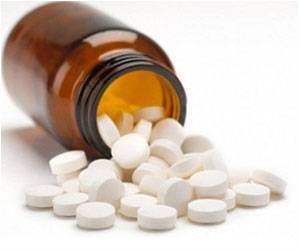New marine compound can be effective against drug-resistant pathogens which may lead to the discovery of new antibiotics. Lipoxazolidinone A, a small molecule of marine natural products that are effective against drug-resistant bacteria such as MRSA (Methicillin-resistant Staphylococcus aureus).

‘Lipoxazolidinone A isolated from bacteria living in marine sediments can be effective against Gram-positive bacteria, like MRSA (Methicillin-resistant Staphylococcus aureus).’





Lipoxazolidinone A is a natural product which had been previously isolated from bacteria living in marine sediments. It is a secondary metabolite - a small molecule produced by the bacteria that isn't key to its survival but is produced for a secondary purpose, like defense. When lipoxazolidinone A was initially isolated, researchers noted that it seemed effective against Gram-positive bacteria, like MRSA.NC State chemist Joshua Pierce aimed to confirm those original findings and understand how the molecule's structure correlated to its function; in short, he wanted to recreate the molecule to see what portions were directly responsible for its anti-microbial properties and then potentially improve upon that structure.
Pierce, along with current NC State graduate student Kaylib Robinson and former students Jonathan Mills and Troy Zehnder, used novel chemical tools to synthesize lipoxazolidinone A in the lab. They were able to confirm that its chemical structure matched what the initial researchers had indicated, then they worked to identify the portion of the molecule that was responsible for the activity against Gram-positive bacteria. Their result was a compound with improved potency, JJM-35.
They tested JJM-35 against a panel of resistant and non-resistant bacteria. When tested against MRSA in-vitro, they found that the synthesized molecule was up to 50 times more effective than the natural product against several bacterial strains. Additionally, they found that the molecule was often more effective against resistant bacterial strains than it was against nonresistant strains.
"An exciting additional aspect of this work was that we identified that these molecules might function by inhibiting multiple biosynthetic pathways directly or indirectly," says Pierce. "This means that bacteria may have difficulty developing resistance to potential drugs developed from these molecules."
Advertisement
"At this point, we have a chemical scaffold - a starting piece of the puzzle. We know that this piece is effective, and so right now all efforts are focused on evaluating the properties of these molecules and their in-vivo efficacy," says Pierce. "The hope is that we can build upon this scaffold to create drugs that are effective against MRSA and other resistant bacteria at a time of dire need for antimicrobial development while also increasing the spectrum of activity."
Advertisement
Source-Eurekalert









